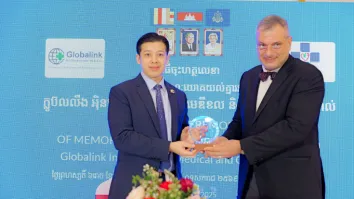
Patient-centred care can help cut healthcare costs
It can also improve adherence to treatment by 60%.
A deep understanding of a patient’s personal and living circumstances will not only improve care but also cut costs, according to a Frost & Sullivan executive.
“Patient-centric care has been shown to reduce healthcare costs by 93% and improve patient adherence to treatment by 60%,” Sowmya Srinath, director of healthcare and life sciences at Frost & Sullivan, told the Healthcare Asia Summit 2025 in Kuala Lumpur in April.
It could also enhance health outcomes by 40% when hospital staff focus on individual patient needs and preferences, she pointed out.
Chan Si Yan, head of operations at Sunway TCM Centre in Petaling District in Selangor, said they incorporate traditional and complementary medicine into Western healthcare to provide leading-edge clinical practice.
“What we do is not just a coexistence of the systems, but an integration of both to help us [offer] the best care,” she told the forum.
Shaiful Azmi Yahaya, a senior consultant cardiologist and chief clinical officer at the Institut Jantung Negara Sdn Bhd, Malaysia’s biggest heart hospital, said patient-centric care means giving patients eligible for free care the same high-quality treatment that private patients get.
“For patient-centric care to succeed, governments need to create policies that support patient access to care and ensure the affordability of services,” he said.
This requires investment in infrastructure to ensure underserved communities are not left behind, he pointed out.
Darshinia Ballasingam, head of medical services at Assunta Hospital in Selangor, said they serve these communities, where people earn less than $126 (RM538) a month, through community services.
“These services offer inclusive care, including free home care and palliative services for children in the community,” she said.
She added that the hospital provides social welfare services, offering medical care to those who need secondary or tertiary treatment.
“Patients can meet medical officers and be referred to our consultants for free, along with services like computed tomography scans and magnetic resonance imaging sponsored by Assunta Hospital,” she said.
Ballasingam said the hospital also provides emotional and social support by helping patients access social benefits or apply for assistance.
Yahaya said using a system that allows medicines to be delivered directly to patients' homes is another form of patient-centric care. This has helped save not only time but also lives, he added.



















 Advertise
Advertise






